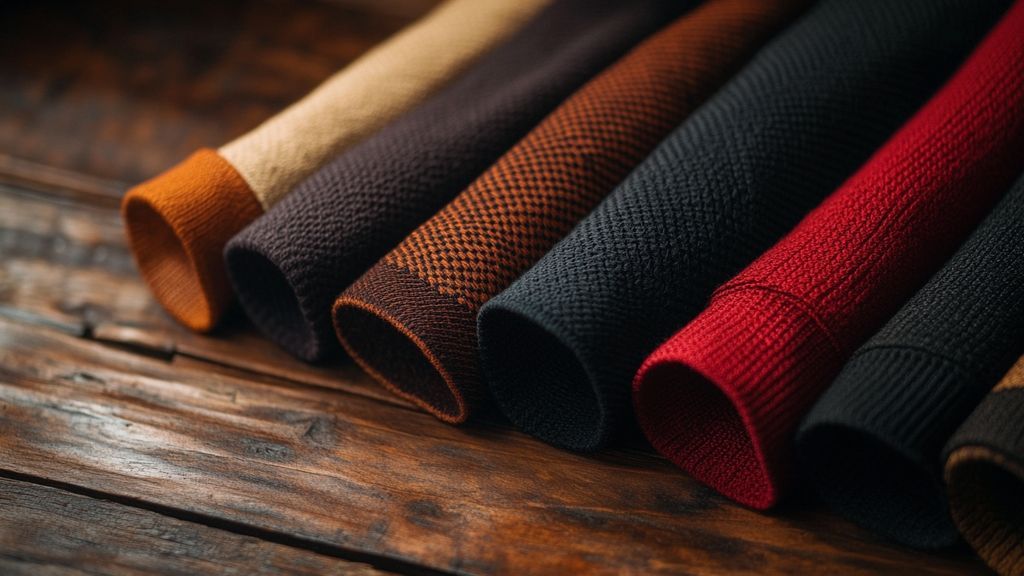Knee sleeves have become a staple in many CrossFit athletes’ gear bags. Understanding their purpose and benefits is essential for any fitness enthusiast considering their use. For starters, these supportive devices offer a layer of compression that can help enhance performance during various types of workouts, particularly squats and other high-impact exercises. Whether you’re a beginner or an experienced lifter, the decision to incorporate knee sleeves into your training routine hinges on many factors, such as personal comfort, workout intensity, and specific training goals. This guide delves deep into the rationale behind wearing knee sleeves in CrossFit, offering insights into their advantages, usage, and care.
The Function and Benefits of Knee Sleeves
Understanding Compression
Knee sleeves provide a light to moderate level of compression around the knee joint, which can help to improve proprioception. This sensation of stability can lead to enhanced lifting mechanics and increased confidence during workouts. The proprioceptive feedback means that your body will be more aware of its movements and positioning, which is vital during complex CrossFit movements.
Joint Warmth and Support
Wearing knee sleeves can also promote joint warmth, which is beneficial in preventing injuries during rigorous training sessions. The warmth from the sleeves can lead to increased flexibility in the muscles surrounding the knee, helping to prepare the joints for intense activity. Many athletes report feeling more stable and confident when squatting or doing Olympic lifts with knee sleeves, which underscores their potential for boosting performance.
Are Knee Sleeves Necessary?
This raises the question: Are knee sleeves absolutely needed for effective training? The answer varies based on individual needs and fitness goals. While some lifters may find them essential for their routine, others may perform just fine without them. Consider experimenting with knee sleeves during heavier or more complex leg workouts to see if they enhance your performance.
Choosing the Right Knee Sleeves

Thickness and Sizing
Knee sleeves come in various thicknesses, typically ranging from 3mm to 7mm. The thickness you choose should align with the activities you plan to perform. For higher-impact and powerlifting movements, thicker sleeves (like the 7mm) can provide more support. On the other hand, lighter sleeves (3-5mm) may suffice for more mobility-focused workouts common in CrossFit.
How to Ensure a Good Fit
Fit is crucial when it comes to knee sleeves. They should be snug but not overly tight to the point of discomfort. When trying them on, check that they stay in place during movement but allow you to perform exercises without restriction. As a general guide, if you can slide them down your leg easily, they may be too loose.
Top Brands to Consider
If you decide to invest in knee sleeves, several reputable brands offer high-quality options. Brands like Gymreapers and SBD are known for their durability and performance enhancement features, making them popular choices among CrossFit athletes. It’s essential to consider user reviews and personal preferences when selecting the ideal pair for your training.
When to Use Knee Sleeves
High-Impact Workouts
Knee sleeves are particularly beneficial during high-impact WODs, where movements like box jumps, burpees, and heavy lifting can place excessive stress on the knees. Wearing them can provide cushioning and support, potentially preventing injuries during strenuous exercises.
Constructing Your Workout Plan
Incorporating knee sleeves into your workout routine may involve strategically planning your training days. For instance, utilize them for significant squats and Olympic lifts where you require additional support, and consider going without them during lighter or more dynamic movements to build joint strength without dependency on compression.
Experimentation is Key
There’s no one-size-fits-all answer for when to wear knee sleeves. Take the time to experiment during various workouts and assess how your body responds. Some days you might feel the need for that added support, while on others, you might prefer the freedom of movement without them. Finding the right balance is essential to optimizing your performance in CrossFit.
Caring for Your Knee Sleeves

Cleaning Tips
Proper care will extend the life of your knee sleeves. Handwashing is recommended to maintain their material integrity, utilizing mild soap and cool water. Avoiding harsh detergents or drying them in a machine is crucial, as this can degrade their fit and elasticity over time.
Storage Recommendations
When not in use, store your knee sleeves in a dry and cool place. Avoid leaving them crumpled or under heavy items, as this can affect their shape. Proper storage will keep them functional for longer durations, ensuring that they remain ready for your next workout.
When to Replace Your Knee Sleeves
Check periodically for signs of wear and tear. If the sleeves start losing their elasticity or shape, or if the fabric begins to fray, it may be time for a replacement. Investing in high-quality sleeves can often prevent this, as better materials tend to last longer.
Frequently Asked Questions
Do knee sleeves really help?
Yes, knee sleeves can provide essential support during strenuous workouts, enhancing joint stability and warmth, which may improve overall performance.
Can beginners use knee sleeves?
Absolutely, knee sleeves can be beneficial for beginners as they provide support and can boost confidence while learning new movements.
Should I wear them for every workout?
It’s best to assess your training needs. Wearing them for every workout might not be necessary; use them when you feel additional support is required.
Knee sleeves can significantly enhance your CrossFit experience. Whether you choose to wear them or not, understanding their function and how they can support your training is vital. Make informed choices based on your individual needs and preferences to maximize your performance.
